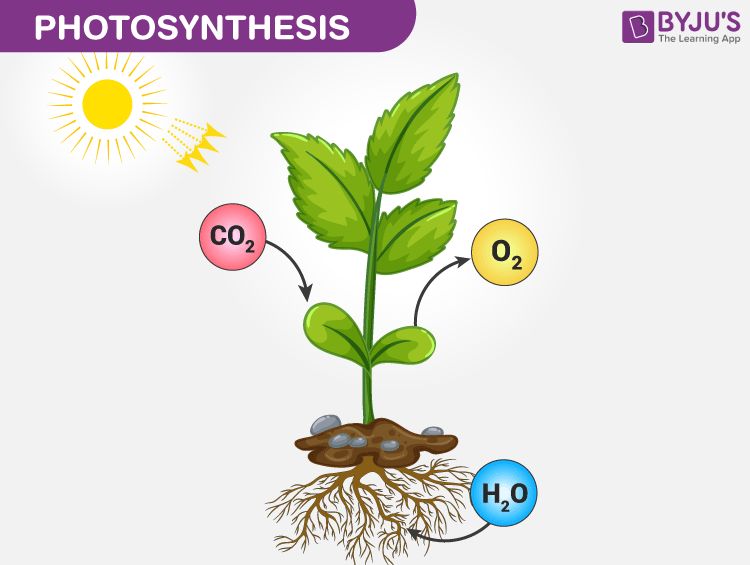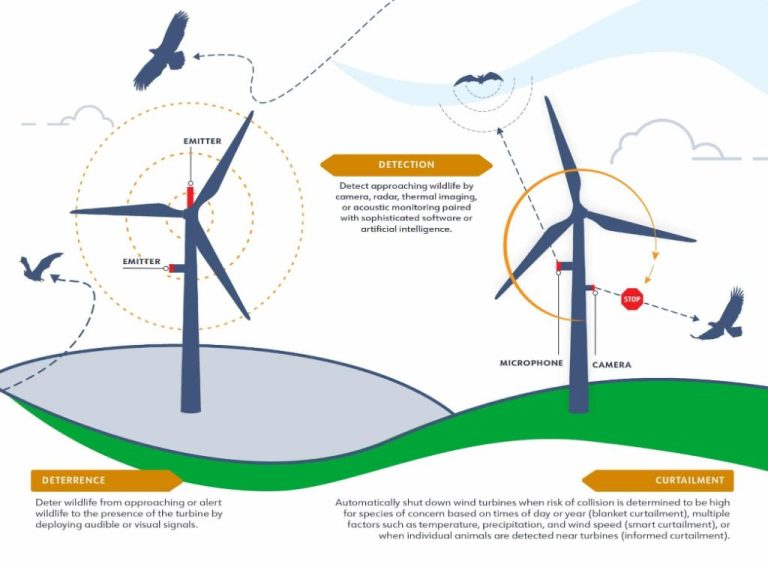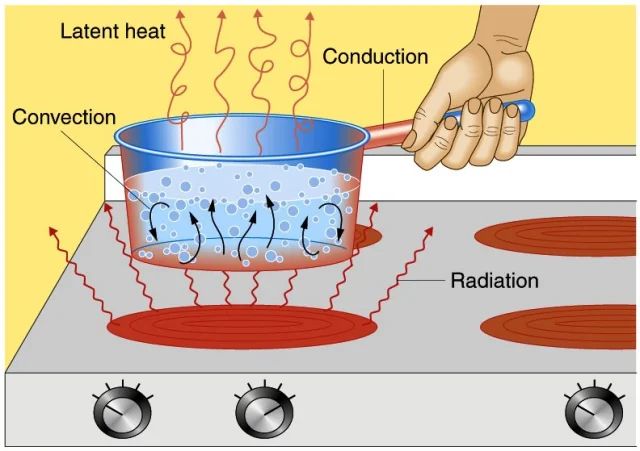What Is An Object’S Total Kinetic And Potential Energy?
Kinetic and potential energy are two fundamental types of mechanical energy. They describe the energy that an object possesses due to its motion or position. Understanding kinetic and potential energy is important as it allows us to analyze mechanical systems and processes in terms of energy transformations and flows.
Kinetic energy is the energy of motion. It depends on the mass and velocity of an object. Potential energy is energy stored in an object due to its position or configuration. Gravitational potential energy depends on an object’s height in a gravity field. Elastic potential energy depends on how stretched or compressed a spring or other elastic material is. Knowledge of kinetic and potential energy is widely used in physics, engineering, and other technical fields to model and understand the behavior of mechanical systems.
This article will provide an in-depth look at kinetic and potential energy. We will define what they are, explain the factors they depend on, provide calculation formulas, give examples, and discuss how they relate to the concepts of work and energy transformations. Understanding kinetic and potential energy provides insight into how energy flows and changes form in the natural world and in man-made systems.
Kinetic Energy
Kinetic energy is the energy an object possesses due to its motion. It depends on two variables – the object’s mass (m) and its velocity (v). The kinetic energy (KE) of an object can be calculated using the following formula:
KE = 1/2mv2
Where:
- m is the mass of the object
- v is the velocity of the object
![]()
This shows that an increase in either mass or velocity will result in an increase in the object’s kinetic energy. Doubling the velocity, for example, will quadruple the kinetic energy. This relationship demonstrates that an object’s kinetic energy increases dramatically with its speed.
Kinetic energy is a form of mechanical energy that an object possesses when it is moving. Other forms of mechanical energy include gravitational potential energy and elastic potential energy.
Potential Energy
Potential energy is the stored energy an object has due to its position or state. There are several types of potential energy:
- Gravitational Potential Energy – The energy an object has due to its height above the ground in a gravitational field. It is directly proportional to the object’s mass and height.
- Elastic Potential Energy – The energy stored in a stretched or compressed spring or other elastic object. It is proportional to the spring’s stiffness and displacement from rest.
- Chemical Potential Energy – The energy stored in the chemical bonds of atoms and molecules. It is released or absorbed during a chemical reaction.
- Electric Potential Energy – The energy stored in an electric field. It is proportional to the charge and voltage of the system.
The most common form of potential energy on Earth is gravitational potential energy (GPE). An object’s GPE depends on its mass and vertical position relative to the ground, which exerts a gravitational force on the object. The GPE can be calculated using the equation:
GPE = mgh
Where m is the object’s mass, g is the gravitational acceleration (9.8 m/s2 on Earth), and h is the height of the object. As the height increases, the GPE also increases because the object can fall farther. Lifting an object to a higher position stores more potential energy in it. This energy can later be converted to kinetic energy if the object falls. Understanding potential energy is useful for analyzing mechanical systems, projectile motion, and energy transfers.
Mechanical Energy
Mechanical energy is defined as the sum of an object’s kinetic and potential energies.
An object’s kinetic energy is the energy it possesses due to its motion. The kinetic energy of an object depends on its mass and velocity.
An object’s potential energy depends on its position or configuration. For example, gravitational potential energy depends on an object’s height above the ground. Elastic potential energy depends on how stretched or compressed a spring is.
The mechanical energy of a system is conserved as long as the net external force on the system is zero. This means that the total mechanical energy remains constant, even as kinetic and potential energies are exchanged within the system.
For example, a swinging pendulum exchanges kinetic and potential energy during its motion, while the total mechanical energy remains the same. As the pendulum swings down, its potential energy is converted to kinetic energy. As it swings up, the kinetic energy is converted back to potential energy.
The conservation of mechanical energy is a powerful concept that allows us to analyze mechanical systems without directly considering the forces involved. By tracking only the kinetic and potential energies, we can predict how the system will evolve over time.
Examples
Kinetic and potential energy are important concepts that can be illustrated through various real-world examples.
One classic example is a pendulum. At the highest point of the pendulum’s swing, it has maximum potential energy and minimum kinetic energy. As the pendulum swings down, its potential energy converts into kinetic energy. At the lowest point of the swing, it has maximum kinetic energy and minimum potential energy. The energy transforms between potential and kinetic energy as the pendulum oscillates.
On a rollercoaster, the car has high potential energy at the top of a hill due to its elevated height. As the car travels down the hill, this potential energy converts into kinetic energy, allowing the car to speed up. The kinetic energy is highest at the bottom of the hill, where the car’s speed peaks. The car can even complete full loops, gaining enough kinetic energy from its potential energy to continue through inverted portions.
A ball sitting at the top of a hill represents stored potential energy. When the ball is rolled down the slope, the potential energy gets converted to kinetic energy as the ball accelerates. The conversion between potential and kinetic energy allows the ball to reach the bottom of the hill.
Applications
Knowing an object’s total kinetic and potential energy has many important real-world applications in fields like engineering and physics.
In engineering, calculating kinetic and potential energy is crucial when designing things like roller coasters, springs, pendulums, and more. Engineers need to precisely determine the kinetic and potential energy at all points to ensure safety and proper functionality.
In physics, kinetic and potential energy concepts help explain phenomena like moving objects, gravity, electricity, and heat. Physicists use energy calculations to derive equations, make predictions, and test theories.
In everyday life, we witness applications of kinetic and potential energy. For example, catching a ball uses the kinetic energy of the moving ball. Jumping down from a height relies on converting potential energy into kinetic energy.
Understanding total mechanical energy gives insights into how objects behave when energy is transferred between different systems. This has many important uses across science, technology, and daily experience.
Relation to Work
There is an important relationship between work and energy. According to the work-energy theorem, the net work done on an object is equal to its change in kinetic energy. Work is defined as a force causing displacement, so any net force that acts to accelerate an object will increase its kinetic energy. The work done on the object is exactly equal to the change in its kinetic energy.
We can also look at this relationship from the perspective of potential energy. When net work is done on an object to move it against a conservative force like gravity, the object gains potential energy. The amount of work done on the object matches the amount of potential energy it gains. Work done against gravity to lift an object increases that object’s gravitational potential energy.
In summary, the work-energy theorem shows us that any net work done on an object will transfer into a corresponding increase or decrease in the object’s kinetic or potential energy. The amount of work equals the amount of energy transferred. This reveals the close relationship between the mechanical concepts of work and energy.
Energy Transformations
Energy can transform between different forms. Some common examples of energy transformations include:
Chemical potential energy in a battery transforms into electrical energy to power a flashlight. The chemical reactions in the battery release electrons which generate an electric current.
Solar energy from the sun transforms into heat and light energy. Solar panels can convert sunlight into electrical energy.
Food energy transforms into kinetic energy when people exercise and move. The chemical potential energy stored in food provides the body with energy to move.
When a ball drops, its potential energy transforms into kinetic energy. The gravitational potential energy gets converted to kinetic energy as the ball accelerates towards the ground.
In hydroelectric power plants, the potential energy of water held behind a dam transforms into electricity as water falls and turns turbines. The kinetic energy of the moving water gets converted into electrical energy by the generator.
Friction causes kinetic energy to transform into thermal energy. For example, when brakes are applied to a moving car, the car’s kinetic energy transforms into heat energy.
Understanding energy transformations allows us to harness and utilize energy more effectively for human needs. Being able to convert energy from one form to another is key for power generation and energy efficiency.
Significance
The concepts of kinetic and potential energy play an essential role throughout physics and engineering. Understanding how objects and systems possess and exchange different forms of energy provides a basis for analyzing dynamics and predicting behavior.
Kinetic and potential energy are fundamental tools used across many fields and applications, including:
- Modeling motion, collisions, projectiles, orbits, and more in physics and astronomy
- Analyzing stresses and stability in structural and mechanical engineering
- Designing power systems that utilize the conversion between potential and kinetic energy, such as hydroelectric dams
- Optimizing efficiency and energy usage in vehicles, appliances, and machines
- Developing safety systems and procedures that manage kinetic energy to reduce damage and injury
The ability to quantify and predict energy transformations provides insights into how the universe functions at scales from subatomic particles to astrophysical bodies. Kinetic and potential energy are essential concepts that enable modern technology and advancements across science, engineering, and many aspects of daily life.
Conclusion
To summarize, the total mechanical energy of an object is the sum of its kinetic and potential energies. Kinetic energy depends on an object’s mass and velocity, while potential energy depends on an object’s mass, height, and the strength of gravity. Mechanical energy is conserved, meaning it can transform between kinetic and potential, but the total amount remains constant.
The key takeaways are:
- Kinetic energy = 1⁄2mv2
- Potential energy = mgh
- Mechanical energy = Kinetic energy + Potential energy
- Energy can transform between kinetic and potential, but total mechanical energy is always conserved.
- Knowing an object’s kinetic and potential energies allows calculating its total mechanical energy.
With this understanding of kinetic and potential energy, we can analyze mechanical systems and predict how energy will flow between different objects and forms. The concepts of kinetic and potential energy are foundational in physics and engineering.







